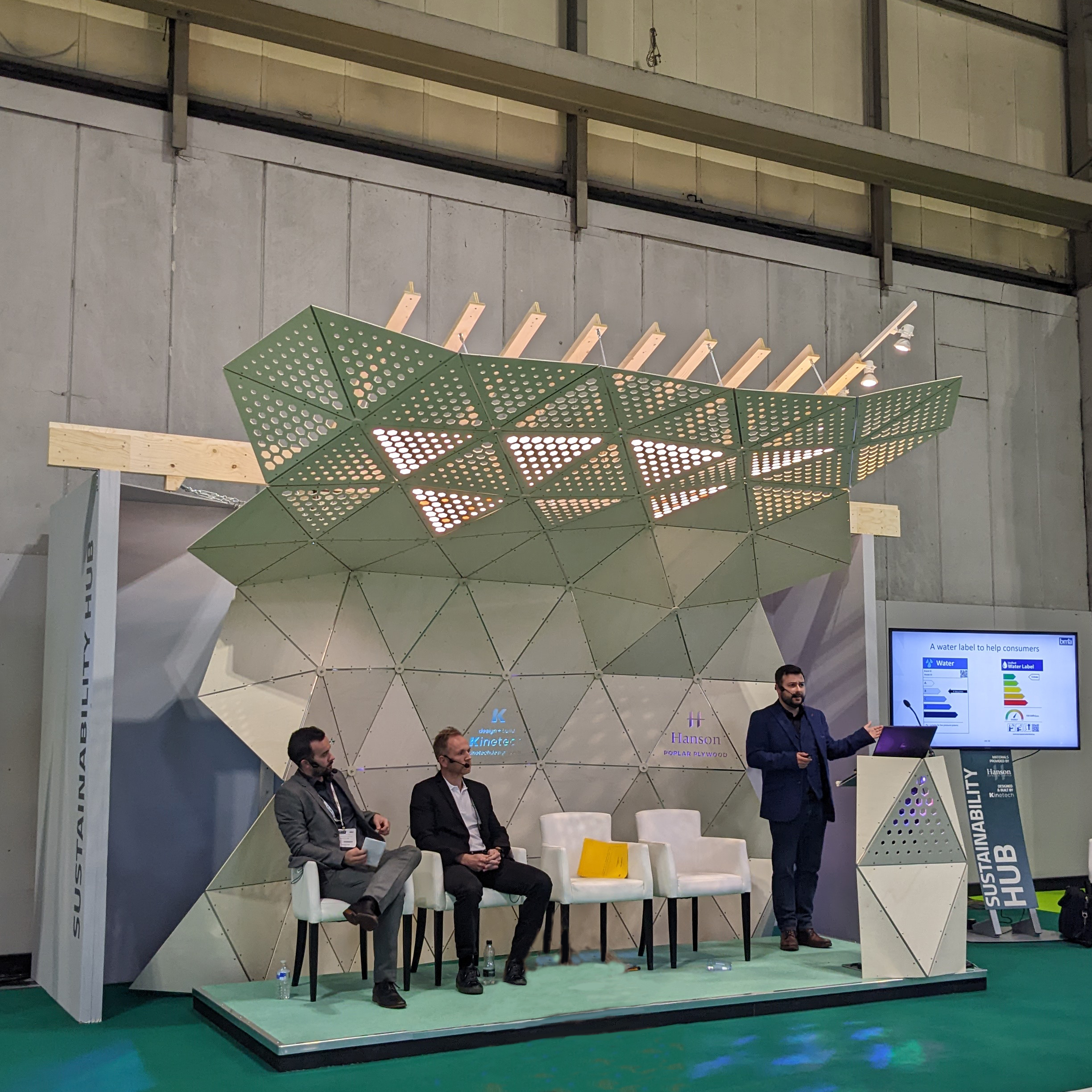One of the most prominent topics throughout construction is the Passivhaus standard. Passivhaus is a leading international low energy design standard which results in buildings with minimal heating requirements and high levels of insulation. It continues to be fastest growing energy performance standard in the world. So what makes it so popular, and does it have any noticeable negatives? Here are few things to consider.
Firstly, when sat at home one of the things we desire the most is comfort. We want to be kept warm during those horrible January weeks, and feel cool during the unlikely event of a scorching British summer. With Passivhaus, as the internal temperature is so regulated during both warm and cold months this means that the temperature levels remain comfortable throughout the year and the silent ventilation system provides good indoor air quality without any unpleasant drafts.
One common misconception to note is that Passivhaus does not mean zero carbon. Zero carbon is a much less strict standard than Passivhaus. For example, the fabric heat loss performance standard for a 2016 zero carbon house is set at 46kWh/m2/yr for a detached property. PassivHaus, on the other hand, sets for the same kind of home a standard of 15kWh/m2/yr, making it much more difficult to reach. So those looking for zero carbon homes should be aware of the differences. Zero carbon is essentially achieved with a mixture of on-site renewables and carbon offsetting, whereas PassivHaus doesn’t use any on-site renewables and is more focused on saving energy than generating it.
Affordability is another key element for the running of your home or building. It is always beneficial to make savings where possible, and Passivhaus can help with this. As there is no requirement for radiators or other heating systems, the running costs for the building are a lot less than an equivalent building constructed to current building regulations. Although you may experience more cost intiiallty, these are far outweighed by the long term benefits you will have by installing better windows, thicker insulation and a ventilation system.
It is important to realise that like anything, the more knowledge you have on Passivhaus, the better you will be able to utilise it. The PassivHaus idea is one which will work much better for some than for others. Operating such a house requires knowledge, much like operating any piece of machinery. You will have to know when to open windows, when the ventilation system will need boosting, when filters will need to be changed, and more.
All things considered, Passivhaus has enjoyed a rapid rise in recent years to the forefront of construction. Before committing to it, you should ensure you have a sufficient enough knowledge of the concept to enable to reap the benefits it can bring. Once clued up, it might be time to partake in the Passivhaus party.
If you’d like to comment about this article, please follow this link to our LinkedIn post
• Our blog post on things to consider when using Passivhaus goes into detail on the concept of Passivhaus and what the future may hold.















